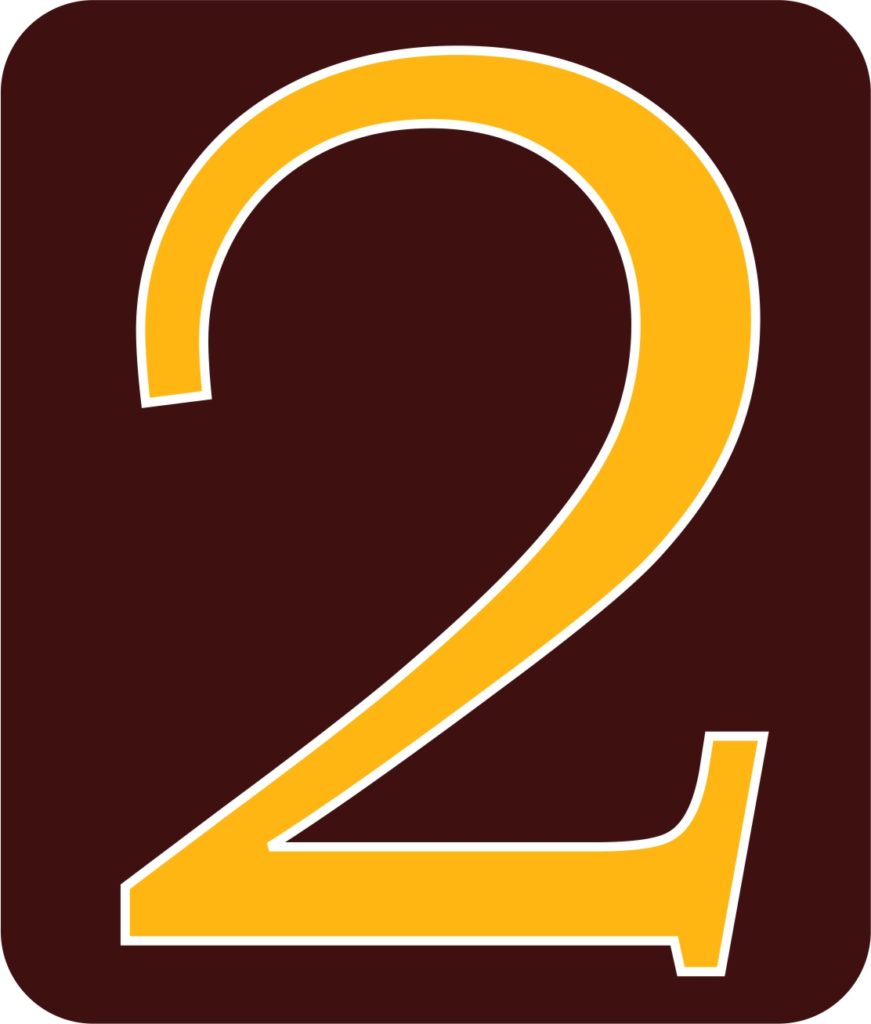So… You’re trying to find an Agent?
I feel your pain!
The road to writing and publishing a book seems so clear when you start out. There’s kind of a road map to get you from point A to point B and so on…at least there is at first.

Problem is that map becomes more obscure the further down the path you travel.
So…you’ve written your first draft. It’s not bad. It needs some work, but you’re getting there. The way forward is clear, you need to go back through your work and self-edit to the best of your ability. Sometimes doing this twice, or three times…sometimes (like in the case of ‘Hunters’) you do it nineteen times (just me, then?).
This is the part of the path that’s extremely well-traveled. The grass is well-trodden, and the branches broken aside.

At this point, you reach the first fork in the road…the one that tempts you into self-publishing. This one is paved, easy to walk down if you feel so inclined. An easier path that avoids the pitfalls ahead.
But you’re determined to do it the old fashioned way. You want to see that book on the shelf. For a punter to walk into the book store, hold it in their hands and take it eagerly to the cashier. So, you turn your back on the beautifully laid pavement of ‘Self-Publish Avenue’.
Traditional Publishing
Now you pass the book over to your beta-readers and you absorb the feedback – good and bad – and push the results back into your work. Honing your manuscript to make it better. Pruning the bad bits away. Trying to get your pacing right and correcting the errors that they’ve found.
At this point on the path you need to get the machete out and hack away a little vegetation along the way. Clear a bit of the way ahead yourself because this path isn’t so navigated.
There’s another fork again. That pesky seductive smooth paved road into self-publishing. You think about it seriously for a moment, wondering if you should just take that route…
But the dream persists.


The Twitter #WritingCommunity is a wonderful one. Full of supportive and amazing people. A treasure trove of advice. The art of querying, however, seems to be the part where many of us are in that same boat, pushing off from the shore and into unknown waters.
Shark infested waters.
So what are the sharks that await us?
What is it that makes these waters difficult to traverse?

Well, the first hurdle is actually FINDING the agents you want to approach. Of course, there’s GOOGLE. There are websites like ‘The Publishers Marketplace’. There are also written texts you can grab from Amazon, such as the ‘Writers and Artists Yearbook’.

The next issue you have is where do you want to approach agents? I’m a UK author, so do I want to approach just UK agents? Or US ones as well?
I’m based in the UK, so does it make sense to go close to home? Or cast my net wider? Does it even matter where the agent is in this day and age of digital communication? With instant email, text messages and video conferencing, does it matter where the agent and author are in respect to each other?
Okay, so decision made. You know who you want to approach.

Next question becomes… How many should you be approaching at any one time. You can’t do just one at a time because each has a turn around time anywhere from 6 to 8 weeks. So, you need to have multiple irons in the fire if you want to get anywhere at all. But how many?
Five at a time? Ten?
Okay, so let’s say we do ten at a time. What next?
The Art of Submission
Now you scan the agency websites trying to find submission criteria…only to find a complete mess of different guidelines.
Here’s the usual checklist:
The Cover Letter
This, to be fair, seems pretty standard. They ALL want one. The bigger issue here is that they all want something different IN that cover letter. Like, for example:
- Writing qualifications – so how do I approach that if I’m a rank amateur and this is my first go around?
- A one line pitch for your book – This is harder than it sounds! Especially if you have a book like mine which is a multi-character story which sets up a series. I simply can’t do it justice in one line. Or even one paragraph.
- Target market – As if everything is so cut and dried? My book has profanity, a little horror and some sexual content. So, it’s for adults… but also it’s a romance of sorts. And a mystery. And a little action and adventure. It has #LGBT aspects. Strong female characters. It’s not that I was trying to hit all these markets, it’s simply that this is a multi-character story and as such each character has a slightly different arc and back story. For my beta-readers it made sense when they read it…but how do you convince an agent to take the time to read it based on a throwaway line in a cover letter?
So, basically you need a different cover letter for each agent you approach.
After the cover letter, things get even fuzzier.
Your Synopsis
They all want a synopsis, but it varies on what they want. Thus far I’ve had three different types…
- A synopsis no more than 2 pages long
- A synopsis no more than 1 page long
- A synopsis no more than 1 page long, double spaced
As you can imagine, these present quite different results.
Option 1 allows my synopsis to breathe a little. Especially in a book as complex as mine. It means I can devote a paragraph to each character’s arc through the book. Works well!
Option 2 means my synopsis needs to be heavily edited down to get it onto a single page. It was a challenge to condense the text down and not lose anything important.
Option 3… I’m fucked. It effectively halves the amount of text available in Option 2. So yeah… I’m fucked.
I’m fairly sure that the more queries I put in, the more of these I’m going to find. So yeah, you can’t just have one synopsis that you can send to every agent.
Examples of your Manuscript
Then the other thing they all want it a sample. But agent’s can’t even agree on what they want for this.
- Is it the first 3 chapters?
- Is it the first 30 pages?
- Is it the first 50 pages?
- If you’re sending to a UK agent, should it be in UK English spelling? If it’s a US agent, should it be in US English?
Either way, you can’t just prepare ONE document to send to all the different agents…

Do you see a theme developing here?
The Final Straw!

Even when you’ve got all the above sorted out…every agent wants their submission in a different way.
- Or send it directly to the agent you want to query
- Or send it to a general email box with the agent in the subject line
- Or print it and send it snail-mail
- Or email it with the synopsis and the chapters all in the body of the email
- Or email it with attachments…but are they WORD attachments or PDF attachments?
So… In summary then
The big problem with querying.
There is no simple process to follow. There is no easy way to find what you need. And there is no way you can prepare a common letter, synopsis and MS example.
They all want something different.
Which is a pain-in-the-arse, quite frankly.
It makes the process just to prep your queries long and painful.
Which is why the self-publishing route starts to look so attractive. And it makes you wonder how many GREAT books are either going unpublished because of this process, or are being missed, or are being self-publishing where they disappear into a saturated market place because the author doesn’t have the time or knowledge to promote it properly.
We’re living in a day and age where companies like Netflix and Amazon are spending small fortunes trying to find that next elusive IP that could be huge. That next big book that could become the next big franchise. I can’t help but feel like the system is set up in such a way as to make it very difficult for those next big things to find the light at the end of the tunnel.
How many authors have simply given up? Or not had the pre-requisite letter-writing or synopsis-writing skills to pass the first casual glance of an agent? Should writing a book automatically make you a great professional letter-writer? Or a brilliant business person?

Don’t Worry! I’ll Fix it!
When I become a billionaire, I’m going to set up an agency. And it’ll be a piece of piss for people to submit to me.
Online Form.
I can’t help but feel like that’s the answer somehow.
- Have a drop down menu for the agent you want to apply to. Or to select the genre so that some clever automation can route it to the right person.
- A web page where the criteria is simple and clear.
- All the items needed in your cover letter set out in a form.
- A nice generous word count for your synopsis, not an arbitrary page count.
- And a representative limit to the sample text. I’d go with the 50-page one. Plenty to give you a good idea of what the book is like. I mean, if the example is poor, then you don’t need to read all 50 – 10 pages might be enough to reach that conclusion. But at least give the author a chance to win you over.
I mean, is all this too hard to do?
Note: I think I get it. I know why it’s done like it is. Agents have a tough job, they have to sort through hundreds of different queries from hundreds of people, just like me, who want to be authors. It’s not an easy job and I guess they just lay out the criteria that makes life easier for them. A series of FILTERS, as it were, in order to try and weed out the chaff from the wheat!
I get that, I really do.
My frustration is in the fact that as someone trying to navigate the system, it’s difficult to figure out and keep track of it all. I’ve done 7 queries this weekend and ALL of them had different criteria.
So, what I’m trying to do with this blog is say….if you are a writer and you’re querying, just know that I sympathize with the pain you’re going through and I’m totally in your corner! Together we’ll navigate these shark infested waters and hopefully get that book deal we all want!
Let’s support each other through this process, #Writing Community!
Love & Books


Jim
Jon Ford
Liz
Jon Ford
Liz
Jon Ford
Mason
Jon Ford
Sean
Jon Ford
Simon
Jon Ford
Simon
Jackie
Jon Ford
Paula
Amina
Jon Ford